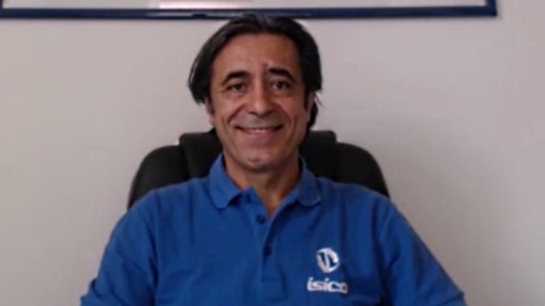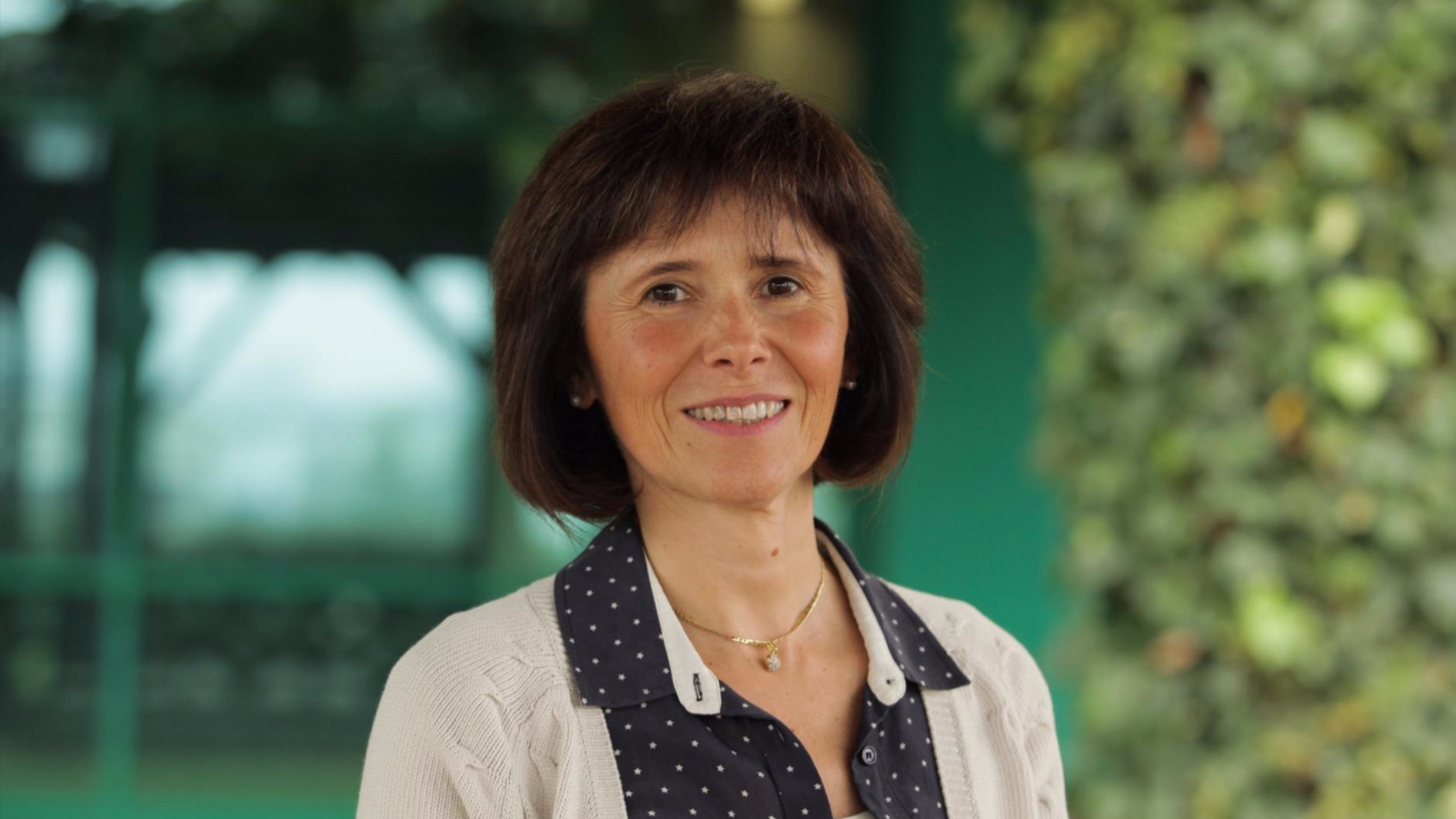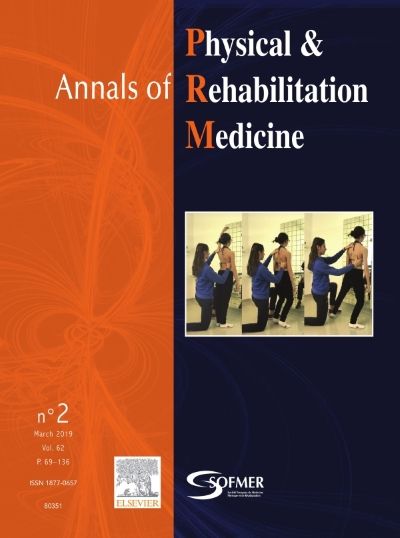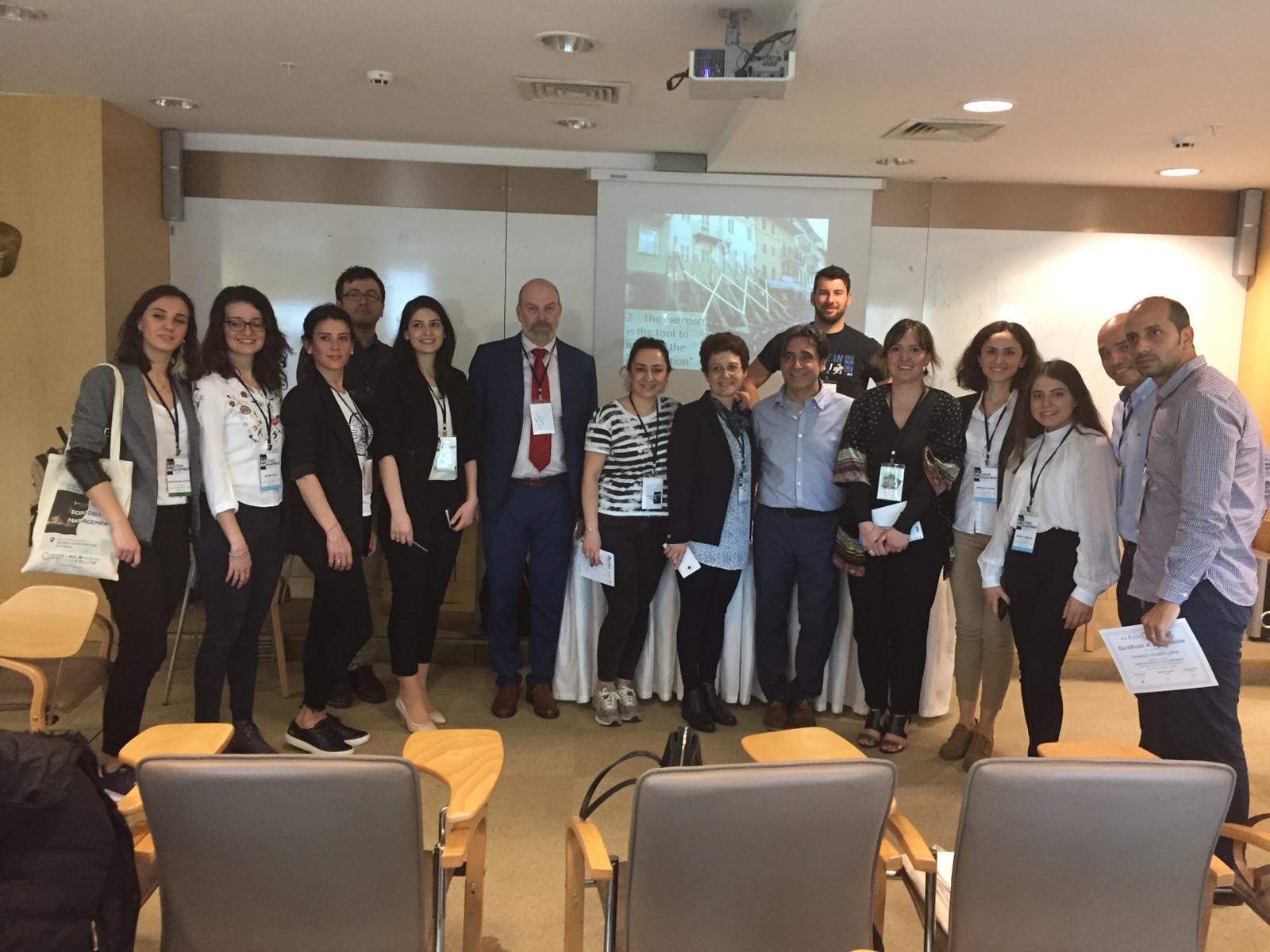
De novo scoliosis: when scoliosis strikes the elderly

Elderly scoliosis (also called degenerative or de novo scoliosis) is a type of scoliosis that has always existed, but only recently been identified as a distinct form. Typical of the elderly, it appears from the age of 50-60 years onwards and is associated with often marked clinical symptoms.
What can be done to improve the condition?
As always, the first step is prevention...
WHAT'S ON
.jpg)

S&R 2019: a success!
Sport is good for scoliosis: an Isico study in the running for the SOSORT Award
"The meeting was a valuable opportunity for discussion and training, and its transformation into an international conference proved to be a winning move, as shown by the involvement of many specialists who followed the event from all over the world" says Prof. Stefano Negrini, scientific director of Isico.
During the event it took place the presentation of the winners of the "Concorsetto", a national competition open to our brace-wearing patients.

SEAS video with subtitles!
Everything you ever wanted to know about our exercises-based approach to scoliosis, in a video. Michele Romano, Director of physical therapy of Isico and a lecturer on our international courses on SEAS, explains what SEAS is and when this treatment should be offered.
The video, which is in English, is also available with subtitles in Chinese, French, Italian, Portuguese, Russian, Hungarian and German.
It's a fact: full-time brace wearers who do sport are more likely to see their scoliosis improve compared with those who don't do sport.
This is the result of the study entitled Effect of Sport activity added to full-time bracing in 785 risser 0-2 adolescents with high degree idiopathic scoliosis, which will be presented at the forthcoming SOSORT meeting, taking place in San Francisco from 25 to 27 April.
The research was conducted by Isico physiotherapist Alessandra Negrini.

Alessandra Negrini to speak at Columbia University
Alessandra Negrini, physiotherapist at Isico, has been invited to speak at the Columbia 5th Annual Non-op Management of Childhood Scoliosis CME event, taking place in New York on 23 May.
The conference, a course on idiopathic scoliosis, will involve three specialists, including Dr Negrini.
Her talk will focus on the topic of sport and scoliosis.
GET YOUR ANSWER
Why was plaster casting replaced by the Sforzesco brace?
Plaster can be wrapped around a trunk in order to immobilise a deviated spine in the correct position. The aim is to exploit the considerable pressure exerted by this rigid material on the protruding or non-homogeneous parts of the trunk, so as to obtain a definite correction. The rationale is to ensure, immediately, a big improvement and then to control the trunk through rigid braces.
Ever since 2004 we at Isico have been developing and using the Sforzesco brace, which has been shown to be as effective as plaster casting (if not more so, because its effect is more progressive, and therefore it is able to go on correcting over time); furthermore, it has fewer side effects, is clearly less obtrusive and therefore aesthetically less problematic, and it allows the patient wearing it to continue with his/her normal daily activities...
ISICO SCIENCE CORNER

An Isico study on the cover of Annals
The cover of the March issue of Annals of Physical and Rehabilitation Medicine is devoted to the Isico study entitled Specific exercises reduce the need for bracing in adolescents with idiopathic scoliosis: A practical clinical trial.
"To be featured on the front cover of an international journal is a first for us, and a source of great satisfaction as it underlines, in a very immediate way, the scientific value of the study we published a few months ago" remarks Prof. Stefano Negrini, scientific director of Isico.
Briefly, the study in question is the largest on this topic conducted to date, given that the case series numbers 327 patients observed over more than a decade's work...
WORLD SCIENCE CORNER
Every year, the Scoliosis Study Group selects the best published papers on conservative spine treatment from the global scientific literature.
Here is the abstract from one of these papers.
Effect of Compliance Counseling on Brace Use and Success in Patients with Adolescent Idiopathic Scoliosis.
Karol LA, Virostek D, Felton K, Wheeler L
J Bone Joint Surg Am. 2016 Jan
Outcomes of orthotic management of idiopathic scoliosis depend on patient compliance with brace wear. The purpose of this study was to determine if counseling based on objective compliance data increases brace wear and therefore reduces the likelihood of surgery.
THE ISICO BLOG
Over the past 13 years or more, we have published dozens of posts and received thousands of comments on our blog dedicated to scoliosis that gives our patients a voice.
The Isico blog www.scoliosi.org is a dedicated space where patients can ask questions and swap experiences, but it is also a place where those involved in treating scoliosis can take a more in-depth look at a series of topics and also engage with patients.
Here is one of our published posts.
Putting on a brace properly
What's the best way of fastening a rigid brace (Cheneau or Sforzesco type) by yourself? Is it best to do it standing up, or lying down? And, most important, is it even possible?!
Let's start by making one thing clear. When a person with scoliosis is standing up, their curve will be more marked than when they are lying down, because in the recumbent position the spine will be straighter as an effect of the absence of the compressive force of gravity.
WHAT'S ON WORLDWIDE

Scoliosis: Isico, too, took part in the first International Conference in Istanbul
Isico was among the participants at the 1st International Conference on Scoliosis Management that took place on April 12-13, 2019 in Istanbul.
This important scientific event, held at the Akingüç Auditorium and Art Center of Istanbul Kultur University, Istanbul, was the first international conference on scoliosis to be organised in Turkey.
.png)
Coming up
2-3 May - EUROSPINE Spring Specialty Meeting 2019 - Frankfurt, Germany
8-11 May - SRS Current Concepts in Spine Deformity Course in combination with the SRS Spine Deformity Solutions: A Hands-On Course - Istanbul, Turkey
15-18 May - 8th Annual Global Spine Congress - Toronto, Canada
If you don't want to receive messages from Isico anymore, click here:
UNSUBSCRIBE